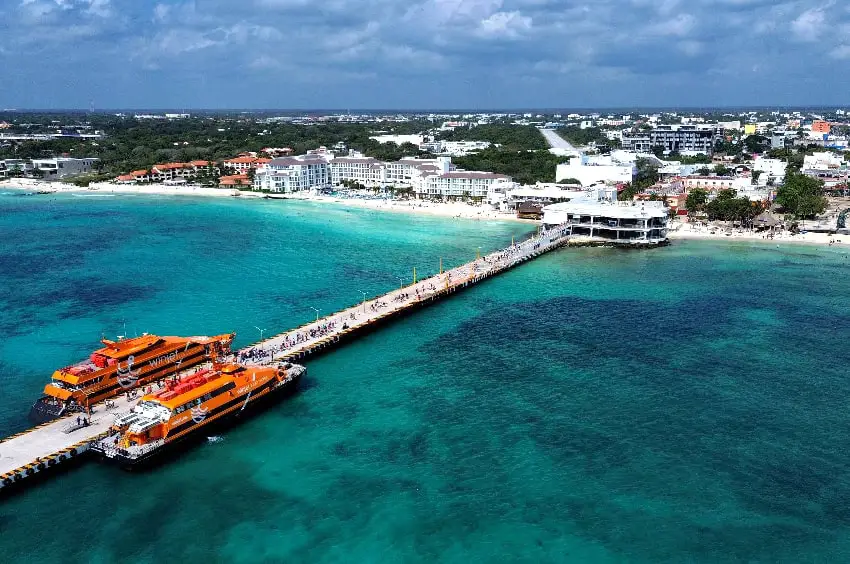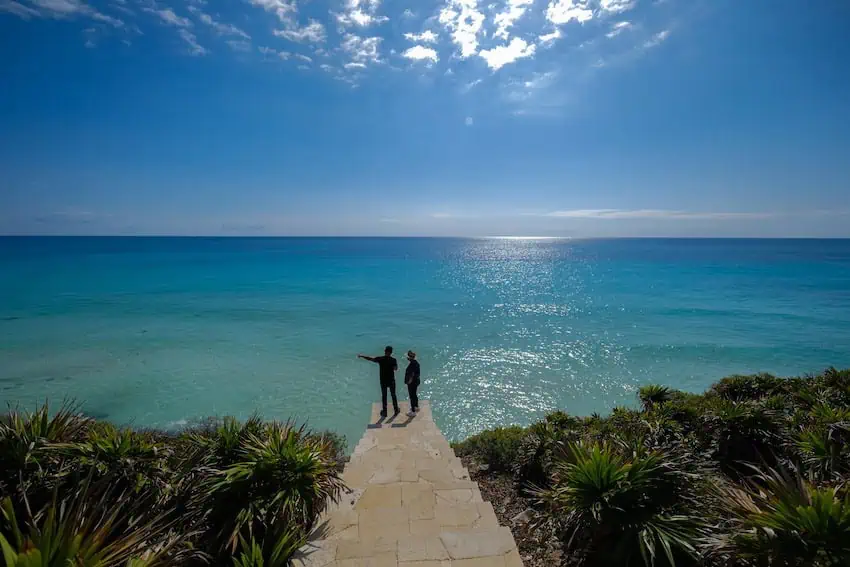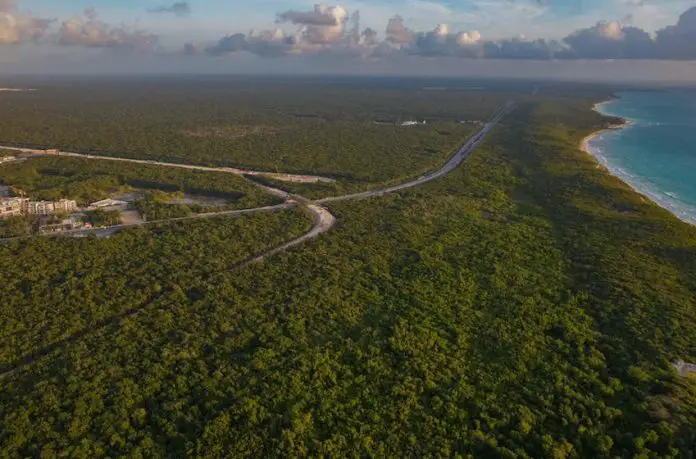With massive infrastructure projects in various states of completion, the state of Quintana Roo is developing rapidly, prompting the question: Can the state handle the dramatic changes to come?
The Agrarian, Land and Urban Development Ministry (Sedatu) projects that the Quintana Roo municipalities of Tulum and Felipe Carrillo Puerto will see a 447% population increase by 2050, driven by an increase in tourism and internal migration in response to a booming labor market.

Improved connectivity takes Tulum to the next level
A new international airport in the resort city of Tulum opened in December 2023 and by mid-June was receiving roughly 2,000 passengers per day.
With new routes from Canada and the United States pending, Javier Diego Campillo, the director of the Tulum International Airport, expects traffic to double by the end of the year, projecting a total of 1.4 million passengers.
The 2.5-billion-peso (US $140 million) Jaguar National Park in Tulum is likely to open its doors by September and the Maya Train project — when completed — is expected to attract additional tourists to the state and the entire Yucatán Peninsula.
While the prospects for economic development seem promising, the demographic explosion likely to occur is a cause for concern. Especially when considering that 86% of the land in these two municipalities is forested.
The Sedatu report further says the population spike and the influx of tourists will require 116% more potable water, a phenomenon that will stress the region’s water supply. By 2050, Tulum and Felipe Carrillo Puerto will be producing 748 tonnes of trash and solid waste per day.
Quintana Roo Governor Mara Lezama is well aware of the challenges ahead. “It is essential that we carry out orderly development with an emphasis on protecting the environment,” she said in an interview with the newspaper El Financiero.

“We can’t speak of growth if it is not sustainable,” Lezama reiterated, declaring her commitment to carefully planned development. “People come to Quintana Roo primarily for its natural beauty.”
Quintana Roo’s plan for sustainable growth
Lezama met with Sedatu Minister Meyer Falcón on Saturday to analyze how to execute urban planning projects for Tulum, Felipe Carrillo Puerto and two adjacent municipalities.
“The objective is to seek a balance between the growth and organization of our communities, to ensure basic public services and to improve the quality of life of [Quintana Roo’s] families,” Lezama wrote in a social media post on Saturday. “We are striving for orderly and sustainable growth that protects natural resources and generates social well-being.”
Environmentalists are skeptical about the development plan, however.
Elías Sienenborn, a diver who has documented the damage done to cenotes by the Maya Train construction project, told El Financiero that real estate speculation is rampant with little regard to urban development programs and zoning regulations.
Sienenborn also expressed concern about how the National Water Commission (Conagua) would manage the region’s water needs, especially where wastewater is concerned.
“The expansive growth will create new problems for the public, including long-distance commutes, the demand for greater public services and a need for quality public spaces.”
With reports from El Financiero
